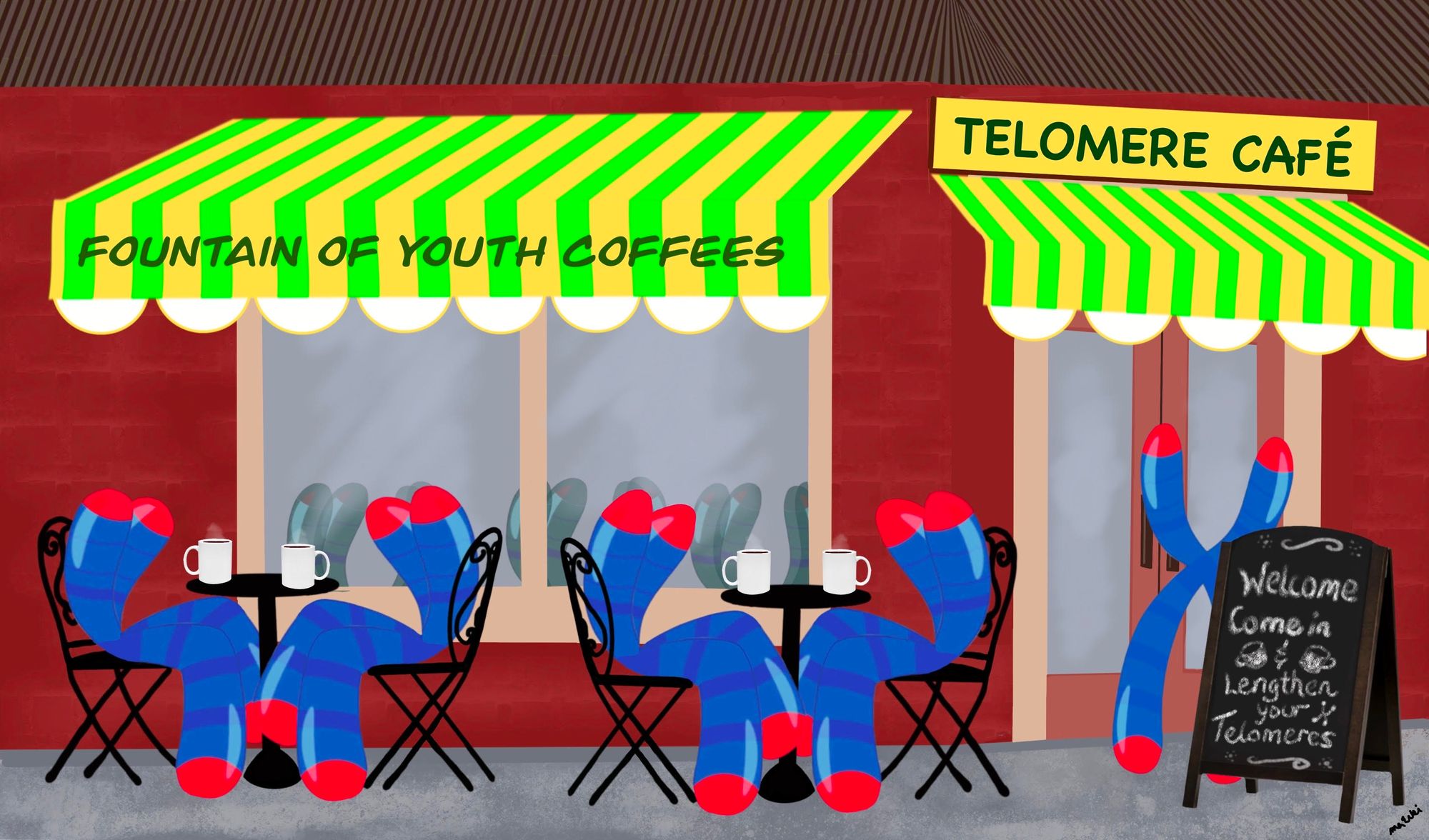The search for a way to restore youthful vigor dates back at least to the writings of Herodotus in the 4th century BCE. The pursuit continues today, though in the domain of science, rather than guesswork. Among the best-known historic quests to reverse the aging process was Juan Ponce de León’s fabled hunt for a “Fountain of Youth” in the Caribbean. Having driven a few million native Tainos to early graves in Spanish silver mines, Ponce de León sailed away in 1521, reportedly seeking this magic water.
Alas, Ponce de León was a better slave-driver than soldier. The immense wealth gleaned from his mines could not forestall death, and he perished that summer at age 47 in what is now Florida while attacking the native Calusa people. Although a tourist venue called The Fountain of Youth now operates in St. Augustine, Florida, its waters are charming, not enchanted.
These days, the desire to live healthier, longer lives has researchers asking nature how it might be done. Bowhead whales and Seychelles tortoises, which may live 200 years, still become frail in old age. Scientists are more intrigued by rare examples such as lake trout, which get older without any signs of normal aging.
We know that our cells are constantly dying and being replaced through division, and that if a mistake happens as a cell divides, it can lead to cancer or other disease. Lucky for us, a structure called a telomere covers the ends of our DNA strands. Telomeres safeguard genetic material in much the same way that hardened shoelace tips keep our laces from unraveling.

Shoelace tips eventually break off, especially with rough use like construction or mountain-climbing. When this happens, the laces start to fray and come apart. Likewise, telomeres wear out with age and stress. Once they get critically short, they can’t ensure that cells produce exact copies when dividing. Telomere length is considered a reliable marker of aging, and shortened telomeres are linked to age-related illness like arthritis, osteoporosis, and many cancers.
While telomeres all shrink over time, things like air pollution, chronic stress, obesity, and using alcohol and tobacco are known to hasten the process. On the other hand, aerobic exercise, good nutrition, and healthy sleep habits help keep our “DNA shoelace-tips” in good shape (surprisingly, coffee is good for telomere health as well). In some cases, telomeres can actually start to grow back as a result of positive life changes.
In northern Ontario, a series of isolated deep-water lakes have been home to an ongoing study of lake trout that was initiated in 1968. According to the U.S. Fish and Wildlife Service, lake trout are known to live for at least 70 years, far longer than any other trout species. The same individual trout have been caught, studied, and released for decades in these northern lakes, yielding unique results.
It turns out that no matter how big and old these trout get, their telomeres stay in perfect condition. Also, male fish have no decrease in sperm quantity or quality as they age. Once maturity is reached, a trout stays in its reproductive prime. Perhaps these fish, in addition to their ultra-healthy lifestyles, have found a source of coffee as well, because not only have they stopped aging, they might start getting younger.
Study co-author Dr. Craig Purchase, a biology professor at Memorial University in Newfoundland, suggests that if lake-trout sampling continues, signs of reverse aging will one day be found. He believes research into the patterns of aging among animals will broaden our understanding of how we age, but admits we don’t have a Benjamin-Button pill or Fountain of Youth in sight just yet.
In addition to exploring known exemplars of longevity, breakthroughs in science continue to pop up out of left field, like the one published in January 2023 about making our bodies solar-powered to age better. With the exception of red blood cells, all our cells contain mitochondria, organelles that generate the energy needed for proper cell function. But like dwindling telomeres, mitochondria that become less efficient with age can also contribute to ill health.
In 2022, a team of German and American researchers were able to insert light-driven structures called proton pumps, which they had earlier discovered in fungi, into mitochondria, making them vastly more effective. Basically, scientists added a solar panel to a cell’s natural “furnace,” increasing its efficiency. When altered mitochondria were injected into roundworms, those worms lived 30 to 40 percent longer than average. The research team, whose work was originally published in Nature Aging, say that their next step is to repeat the experiment using human cells. They believe this will open the way to treat or prevent age-linked illnesses.
It's hard to fault people in ancient times for dreaming of a Fountain of Youth – in the Middle Ages, the average lifespan at birth was 33 years. But if the 8 billion people alive today found a way to live forever, it might not work out so well for the planet in a few years. Maybe we could at least try to get more sun, drink more coffee, and be nicer to our shoelaces and each other as we age.
By Paul Hetzler Paul is looking for his own fountain of youth in the lakes, streams, and cafés of the Gatineau Valley
Paul Hetzler is now writing about nature for The Saturday Evening Post and, of course, TI Life. He is a former Cornell Extension educator, and he also writes books! Be sure to check out the description of his books and I promise you will not only smile but you will want to give them as gifts for the next birthday - Just the titles makes you smile! Head of the Class: Smart as a Slime Mold, Shady Characters: Leprechaun Trees, Plant Vampires and Caterpillar Soup.
https://www.amazon.ca/dp/B09DN16VYC https://www.amazon.ca/dp/B08BR6NHDY amazon.com

